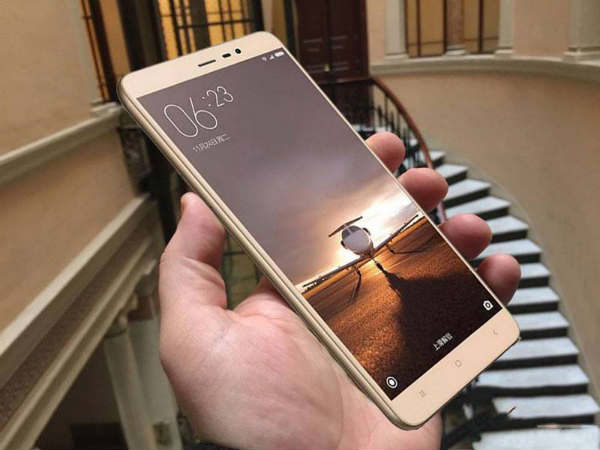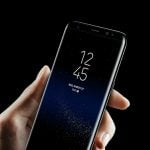
Reflection is the major reason for the problem caused in reading through screen in bright sunlights. The screen’s surface reflects the light back which washes out the screen and decreases the visibility of the screen.
With the newly invented film the screen will reflect only 0.23% of received light which is a lot less than the lowest reflection standard available to date which belongs to iPhone’s screen surface which reflects 4.4% of light. Shin-Tson Wu from the University of Central Florida in the US who lead the study stated,”Using our flexible anti-reflection film on smartphones and tablets will make the screen bright and sharp, even when viewed outside.
In addition to exhibiting low reflection, our nature- inspired film is also scratch resistant and self-cleaning, which would protect touch screens from dust and fingerprints.” Smartphones use sensors that detect bright ambient light after which they brighten up the screen display to overcome the surface reflection. This technique has been used for years now and although it works aptly there are a few drawbacks to it.
It drains battery of the smartphone which is a major concern. The aforementioned film found its inspiration from nature. The eyes of moth are covered by a nano-structure that helps moth see in the dark as well as avoids reflection from its eyes. This helps moth avoid unwanted attention from predators. Scientists developed a nano-structure film similar to one that rests on moths’ eyes and reduced reflection substantially. What more?! The flexible structure of the film makes it possible to be used with flexible display applications such as phones with screens that fold like a book.
[“source-gizbot”]







